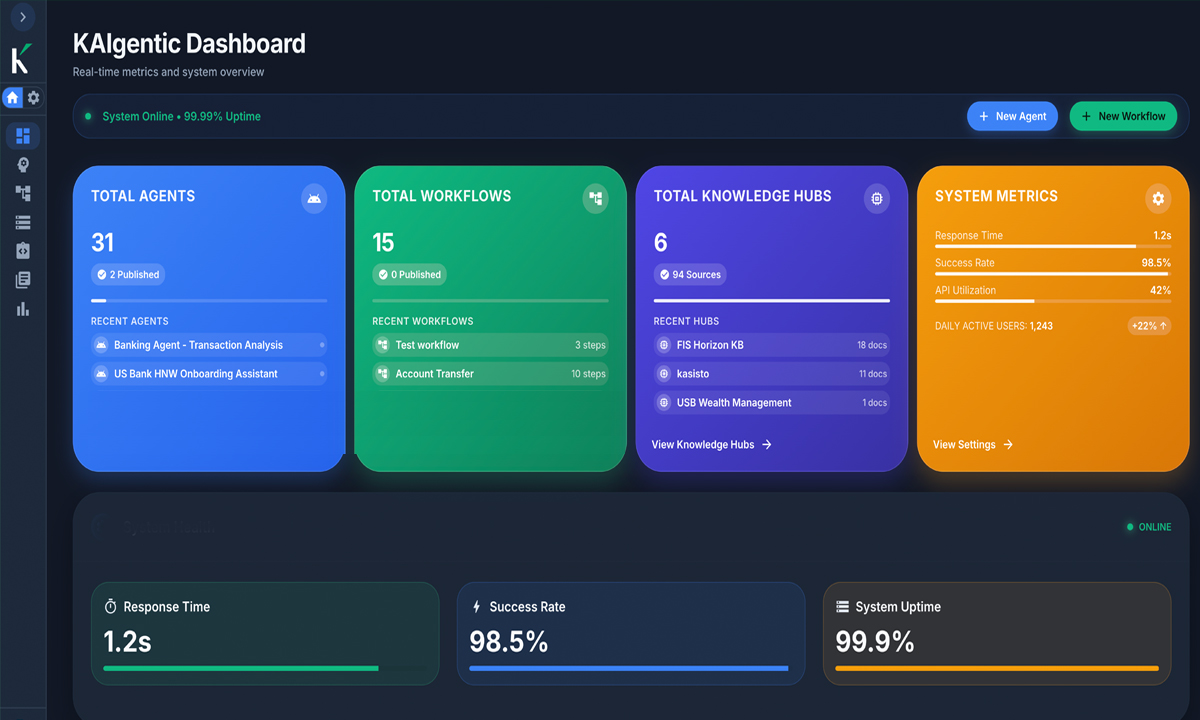The banking industry is rapidly investing in artificial intelligence and will spend more than any vertical on cognitive systems and AI. Breaking that down, about 40 percent of forecasted AI spend will be on software, including conversational AI to engage customers via virtual assistants. But the impetus goes far beyond banking itself. The proliferation of AI in consumers’ everyday lives compels banks to create personal, contextual and predictive banking experiences.
In the past year, leading banks worldwide have launched engaging digital experiences with virtual assistants, making it easier and more intuitive for their customers to bank and manage their money. But before they head down this road, banks must wrestle with the pros and cons of building their own conversational AI platform by using basic and generic “bot frameworks” and tools, or licensing a banking-specific, multi-channel platform from a vendor.
And so comes the inevitable fork. Some banks will use internal teams to build customized conversational AI systems to power their virtual assistants via frameworks such as Google Dialogflow, Microsoft Bot Framework, and Amazon Lex. Alternatively, some choose enterprise-grade, conversational AI systems.
Thus, when banks consider a conversational AI experience for their customers, they face a conversational conundrum, if you will: Build or buy?
An argument to build
Banks have many reasons to build their own conversational AI system; a simple experience is easy and sometimes cheaper to create with today’s plethora of tools. These frameworks allow banks to create general bots and virtual assistants. Some are channel specific, such as wit.ai. Acquired by Facebook in 2015, it supports bot creation and deployment on Facebook Messenger. Google’s Dialogflow allows users to build and deploy across multiple devices, languages and messaging platforms (e.g. Google Assistant, Facebook Messenger, Slack, Telegram).
With these quick-build, quick-launch frameworks, banks can efficiently deploy and test bots with customers. Often, this marks the first time a bank attempts unscripted digital conversation—and it has its learning benefits. As humans communicate idiosyncratically, it creates understanding and user-experience challenges for virtual assistants and bots. These compound exponentially when the bots must tackle more complex banking tasks.
Banks may build an internal system to ensure maximum flexibility and control over creation, data collection, and testing. This is especially important given how technology will become a major part of the bank’s customer journey.
For example, Bank of America’s Erica was built internally, as BoA Head of Digital Banking Michelle Moore discussed during an appearance on the BAI Banking Strategies podcast. Capital One also unveiled their own conversational AI experiences with Eno, a virtual assistant offered over SMS and Amazon Alexa. The banks invested in building both fairly early, albeit to date they support only rudimentary capabilities.
Why should banks buy conversational AI?
When banks license a finance industry-specific platform, they invest in the AI expertise of outside companies. Many of these purchasable platforms come with built-in banking knowledge and often have well-defined, documented integration points into the bank’s financial data. Often secure and scalable, they’re built to meet regulatory requirements related to privacy and security.
One large financial institution learned that despite having tens of thousands of IT employees, they still lacked the right AI expertise to build their own system. This realization can drive some banks to acquire fintech companies for their AI talent—or license from fintechs that specialize in AI. Licensing guarantees that the bank can:
- deploy and maintain virtual assistants with deep banking expertise across multiple channels
- use enterprise-grade tools to train AI models
- add features
- launch new languages, and more.
AI is a data game. Technology provided through buying a conversational AI system allows banks to constantly “train” data and improve the experience once a bot starts talking to real people.
Moreover, banks usually own their customer data. Even if they opt to buy first, and build in later stages, they could potentially use the data they collect while working with a vendor. Licensing the right platform could also allow banks to support on-premise deployments. By contrast, building typically relies on cloud-based tools—a big bugaboo for regulated entities such as banks.
Launched in April 2016, DBS Bank solely powers its digital-only digibank by a conversational AI system. It provides a good example of a bank licensing a platform and since its launch, DBS has extended that virtual assistant experience to their website, Facebook Messenger and across markets.
Topical talk: Conversational AI for banking
Building and buying come with advantages and setbacks, so the best fit will vary from bank to bank. But overall, the idea and successful implementation of conversational AI remains important to the future of banking.
When done right, conversational AI systems will touch every customer journey: from managing money, to opening new accounts, to enjoying consistent service. But it’s not a single-use technology, given its direct consumer interaction. The experience must prove intelligent, accurate and engaging—to earn and protect users’ trust and increase brand loyalty.
In the long run, conversational AI can save banks money as it reduces call center costs. It can also boost revenue and provide customers with a better way to bank. Build or buy, conversational AI marks banking’s present and future: one that should not be passed.


